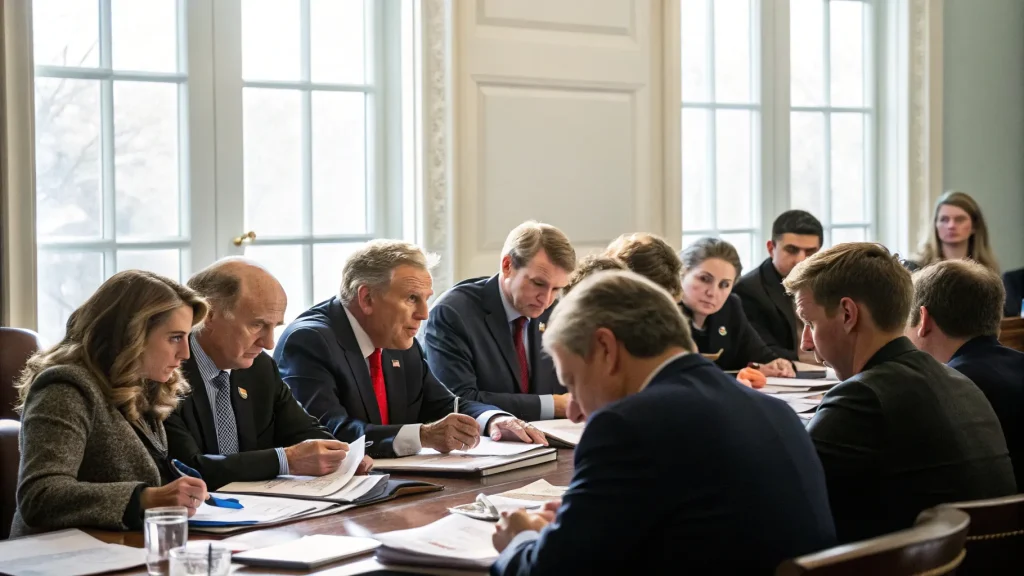Competing Proposals Between Chambers
The House and Senate have put forward different visions for the expanded credit. Sources familiar with the negotiations indicate that the House version proposes a more modest increase to the maximum credit amount, while the Senate version pushes for a substantially higher ceiling.
The budget reconciliation process gives us a unique opportunity to pass this increase with a simple majority,” a senior congressional aide explained, speaking on condition of anonymity because they were not authorized to discuss ongoing negotiations.
The current disagreement centers not on whether to increase the credit, but by how much. Economic policy experts note that even small differences in the maximum amount could translate to billions in additional spending over the budget window, complicating efforts to reach agreement.
Budget Reconciliation Strategy
Democrats are utilizing the budget reconciliation process to advance the tax credit increase, a legislative maneuver that allows certain fiscal measures to pass with a simple majority in the Senate, bypassing the 60-vote threshold typically needed to overcome a filibuster.
This strategy has become increasingly important for the majority party’s legislative agenda, particularly for measures related to taxes and spending. The reconciliation process, however, comes with strict limitations, including the requirement that provisions must directly impact the federal budget.
Policy analysts point out three key aspects of the current reconciliation strategy:
- The process can only be used once per fiscal year for each of three areas: spending, revenue, and the debt limit
- All provisions must have a direct budgetary impact, not merely incidental effects
- The resulting legislation cannot increase the federal deficit beyond the budget window (typically 10 years)
Impact on American Families
The proposed increase to the Child Tax Credit would provide direct financial relief to millions of American families. Research from the Center on Budget and Policy Priorities suggests that even modest increases to the credit can significantly reduce child poverty rates.
“Expanding the Child Tax Credit is one of the most effective tools we have for supporting working families and reducing child poverty,” said an economist who has advised congressional committees on tax policy. The difference between the House and Senate proposals could mean thousands of dollars for families with multiple children.
For a family with two children, the difference between the competing proposals could amount to several hundred dollars in additional tax relief annually, funds that many households would use for essentials like housing, food, and childcare.
As negotiations continue, advocates for family-friendly tax policies are closely monitoring the reconciliation process, hoping that lawmakers can bridge their differences and deliver meaningful support to American families through an enhanced Child Tax Credit.















